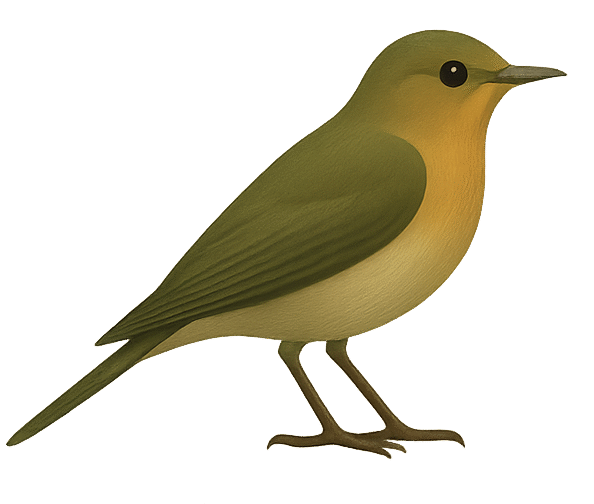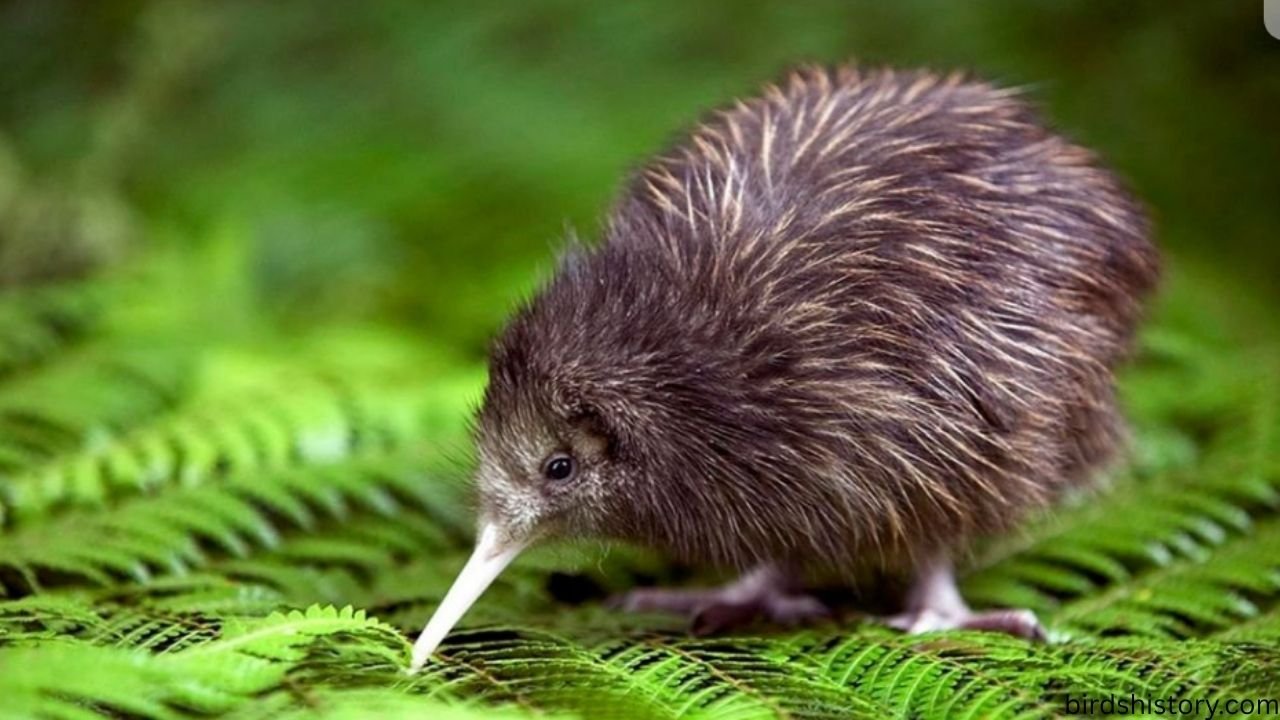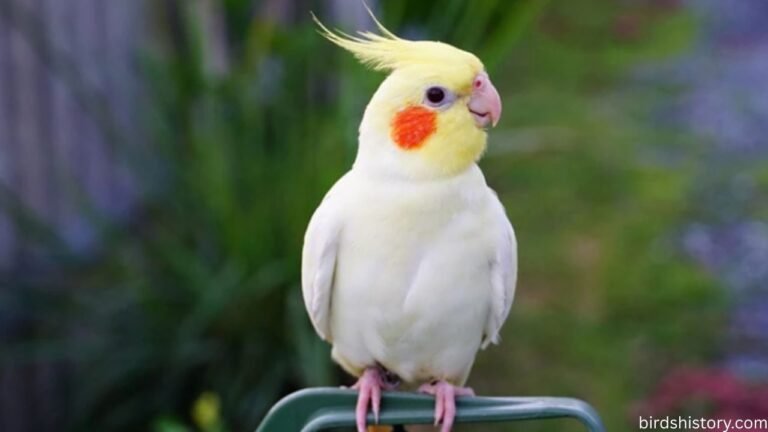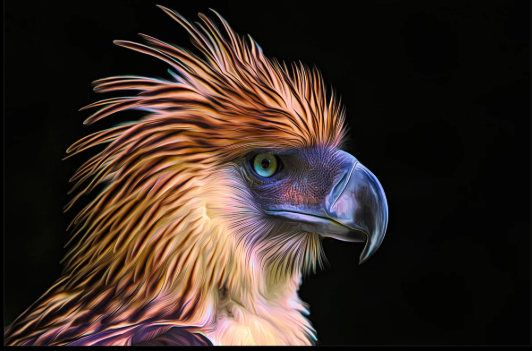The Ōkārito Kiwi: New Zealand’s Rare Forest Treasure
The Rowi, a native New Zealand species, is one of the world’s most intriguing and rare birds. This fascinating creature is both nocturnal and flightless. It can only be found in a limited forest area located on the West Coast of the South Island, close to the town of Ōkārito. Unlike its more widespread kiwi cousins, the Ōkārito Kiwi is critically endangered, making every sighting feel like a glimpse into a living piece of history.
What makes this bird especially interesting is its resilience. Once thought to be nearly extinct, conservation programs have brought the Ōkārito Kiwi back from the brink. Its story is not only about survival but also about the close relationship between New Zealanders and their iconic national bird.
And here’s a surprising fact: although kiwis are flightless and often compared to chickens, their closest relatives are actually the elephant birds of Madagascar, another group of giant flightless birds that sadly went extinct. That evolutionary link makes the Ōkārito Kiwi even more special.
Ōkārito Kiwi Taxonomy / Classification
Here’s where the Ōkārito Kiwi fits in the classification of birds:
- Common Name: Ōkārito Kiwi or Rowi
- Scientific Name: Apteryx rowi
- Family: Apterygidae
- Order: Apterygiformes
- Class: Aves
Also read: /the-elephant-bird/
Until 2003, the Ōkārito Kiwi was believed by the scientific community to be a variant of the brown kiwi, and it wasn’t recognized as its own distinct species until that year. Genetic studies revealed that it is unique, and this recognition was a crucial step in securing focused conservation efforts for its survival.
Ōkārito Kiwi Physical Description
The Ōkārito Kiwi may not be flashy, but it has a distinct charm that sets it apart:
- In comparison to other kiwi species, the Ōkārito Kiwi is a medium-sized bird, typically measuring 40–45 cm in height.
- Weight: Adults weigh between 1.6 to 2.8 kg, with females generally larger than males.
- Their soft, shaggy feathers are a mix of brown, gray, and pale streaks, which gives them a slightly disheveled look.
- Beak: Long and slender, pale in color, with nostrils located at the tip—an unusual trait among birds.
- Wings and Tail: Like all kiwis, the Ōkārito Kiwi has tiny vestigial wings hidden beneath its feathers and no visible tail.
- Feet: Strong legs with sharp claws, adapted for digging through soil and leaf litter.
- Male vs Female: Females are noticeably larger, often weighing a third more than males.
- Unique Trait: Their long beaks and exceptional sense of smell allow them to forage in the dark, something most birds can’t do effectively.
Despite being small and flightless, their sturdy build and adaptations make them perfect survivors in their forest environment.
Habitat and Range of Ōkārito Kiwi
The Ōkārito Kiwi has the smallest range of any kiwi species:
- Location: Restricted to the Ōkārito forest on the West Coast of New Zealand’s South Island.
- Habitat: Dense lowland podocarp forest, with plenty of undergrowth for cover.
- Range Size: Roughly 11,000 hectares (27,000 acres), though their population is tightly clustered within this.
- Migration: They are non-migratory and highly territorial, staying within defined ranges.
Because their habitat is so limited, protecting this small patch of forest is absolutely vital for their continued survival.
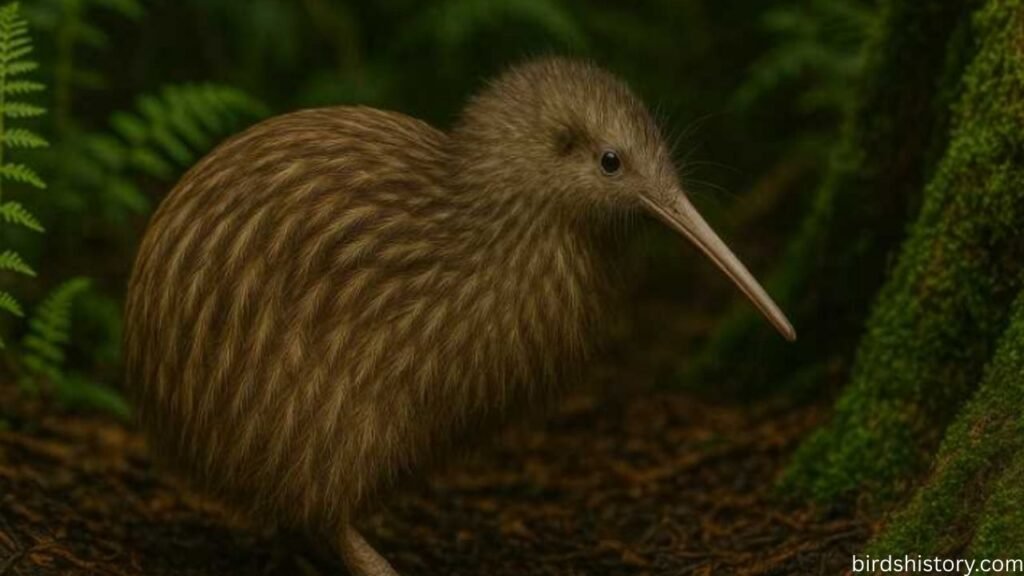
Ōkārito Kiwi Diet and Feeding Habits
The Ōkārito Kiwi is an insectivore and opportunistic feeder:
- Main Diet: Earthworms, beetle larvae, spiders, wētā, and other invertebrates.
- Occasional Foods: Berries, seeds, and small amphibians.
- Foraging Behavior:
- Uses its long beak to probe the soil for worms and insects.
- Relies on its highly developed sense of smell.
- Often feeds at night, moving quietly through the undergrowth.
One fascinating behavior is that kiwis often leave behind small probe holes in the soil. These “kiwi footprints” of the forest floor show just how busy they are during their nightly hunts.
Behavior and Lifestyle
The Ōkārito Kiwi is a bird of habit and resilience:
- Social Structure: Monogamous pairs are common. They often stay together for life, defending a shared territory.
- Territorial Behavior: They mark boundaries with calls and may aggressively chase intruders.
- Activity: Strictly nocturnal, spending days hidden in burrows or dense vegetation.
- Vocalizations:
- Both males and females call, but with slightly different pitches.
- Calls are used to communicate with mates or warn off rivals.
- Mating Rituals: Bonded pairs call in duet-like exchanges, reinforcing their partnership.
Their shy, nocturnal nature means most people will never see them in the wild, but their haunting nighttime calls are often heard echoing through the forest.
Ōkārito Kiwi Reproduction and Lifespan
Kiwis have one of the most unusual breeding systems among birds:
- Breeding Season: Typically between June and March, with peaks in late winter and spring.
- Eggs:
- Enormous compared to body size—up to 20% of the female’s weight.
- Creamy white or pale green in color.
- Nesting:
- The Ōkārito Kiwi lays its eggs in underground burrows or beneath the roots of trees.
- The male typically incubates the egg for a period of approximately 70 to 80 days.
- Chicks: Hatch fully feathered and almost independent, but parents may help them for the first week or two.
- Lifespan: In the wild, they can live 40–50 years if not killed by predators.
This slow reproductive rate—usually just one egg per season—makes recovery from population declines very difficult.
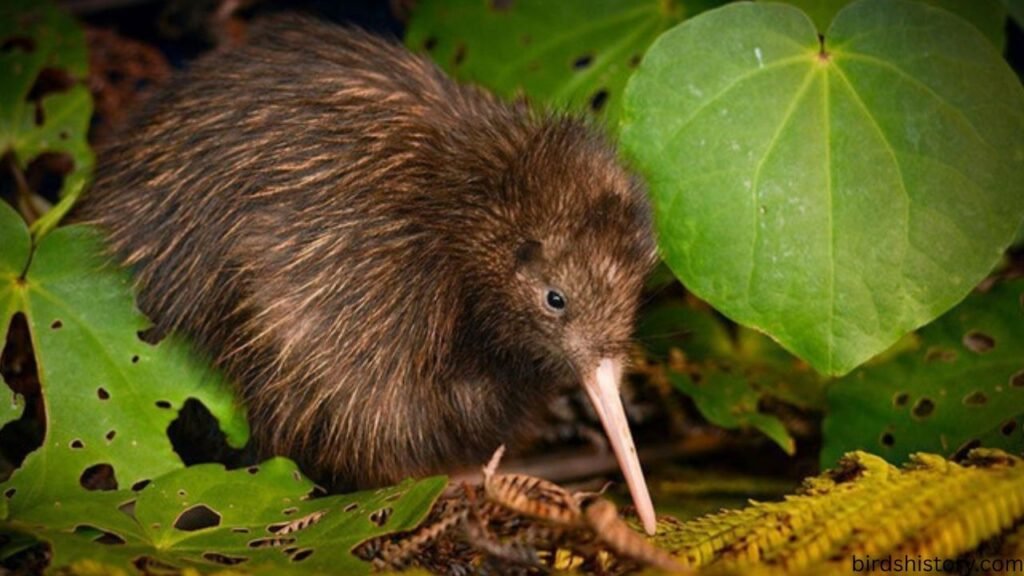
Predators and Threats
The Ōkārito Kiwi faces many dangers, especially from introduced species:
- Natural Predators: Before humans, their only threats were large native birds of prey.
- Introduced Predators:
- Stoats are the primary predators of kiwi chicks.
- Dogs, cats, and ferrets also kill adults and chicks.
- Environmental Threats:
- Habitat destruction from logging and land clearance.
- Climate change potentially altering their small habitat range.
- Human Impact: Direct hunting is no longer an issue, but dogs and vehicles remain risks near settlements.
Without active protection, their population would likely collapse again.
Ōkārito Kiwi Conservation Status
The Ōkārito Kiwi is listed as Critically Endangered.
- Population: Around 600 individuals as of 2023, up from fewer than 200 in the 1990s.
- IUCN Status: Endangered (with ongoing review as populations increase).
- Conservation Programs:
- Operation Nest Egg: Eggs are taken from the wild, hatched in captivity, and young are raised in predator-free sanctuaries before release.
- Predator Control: Intensive stoat trapping and dog bans in protected areas.
- Habitat Protection: The Ōkārito forest is managed as a conservation reserve.
Thanks to these efforts, the species is slowly recovering, but constant vigilance is required.
Interesting Facts about the Ōkārito Kiwi
- It was only recognized as a distinct species in 2003.
- Its egg is one of the largest in proportion to body size of any bird in the world.
- The kiwi’s nostrils are at the tip of its beak, unlike most birds that have them at the base.
- Pairs often stay together for decades, showing remarkable loyalty.
- Kiwis are sometimes called “honorary mammals” because of their hair-like feathers, strong sense of smell, and burrowing behavior.
- The Rowi’s population has nearly tripled in the last 30 years due to conservation programs—a rare success story in bird recovery.
Conclusion
The Ōkārito Kiwi, or Rowi, is not just another bird—it’s a living symbol of resilience and the power of conservation. With its small population tucked away in one forest, it reminds us how fragile ecosystems can be, but also how much difference dedicated people can make.
Learning about the Ōkārito Kiwi is more than just understanding a rare bird. It’s about appreciating the interconnectedness of nature and the responsibility we hold in protecting it. As long as conservation efforts continue, this little nocturnal wonder will keep roaming the forests of Ōkārito for generations to come.
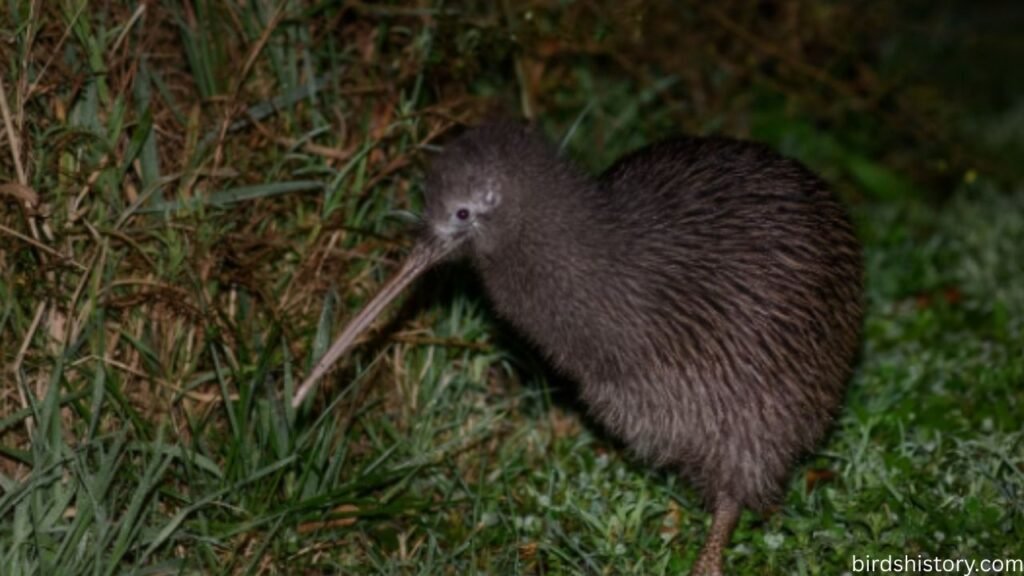
FAQs
1. What is the scientific name of the Ōkārito Kiwi?
Apteryx rowi.
2. Where is the Ōkārito Kiwi found?
Only in the Ōkārito forest on the South Island of New Zealand.
3. How many Ōkārito Kiwis are left?
Around 600 individuals.
4. What does the Ōkārito Kiwi eat?
Mainly worms, insects, and small invertebrates.
5. Is the Ōkārito Kiwi endangered?
Yes, it is critically endangered but recovering.
6. How big is the Ōkārito Kiwi egg?
The female’s body weight can be up to 20% of its total weight.
7. Do Ōkārito Kiwis fly?
No, they are completely flightless.
8. Who incubates the eggs?
The male usually incubates the egg.
9. How long do Ōkārito Kiwi live?
Up to 40–50 years in the wild.
10. Why is the Ōkārito Kiwi important?
It is one of New Zealand’s rarest birds and a success story for conservation.
